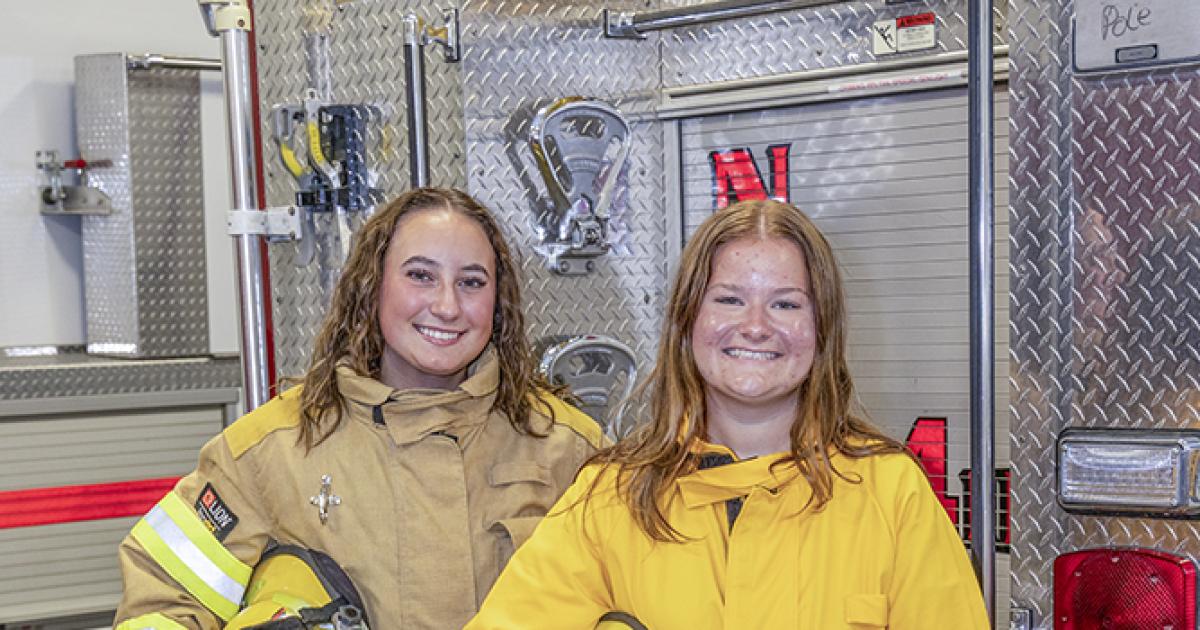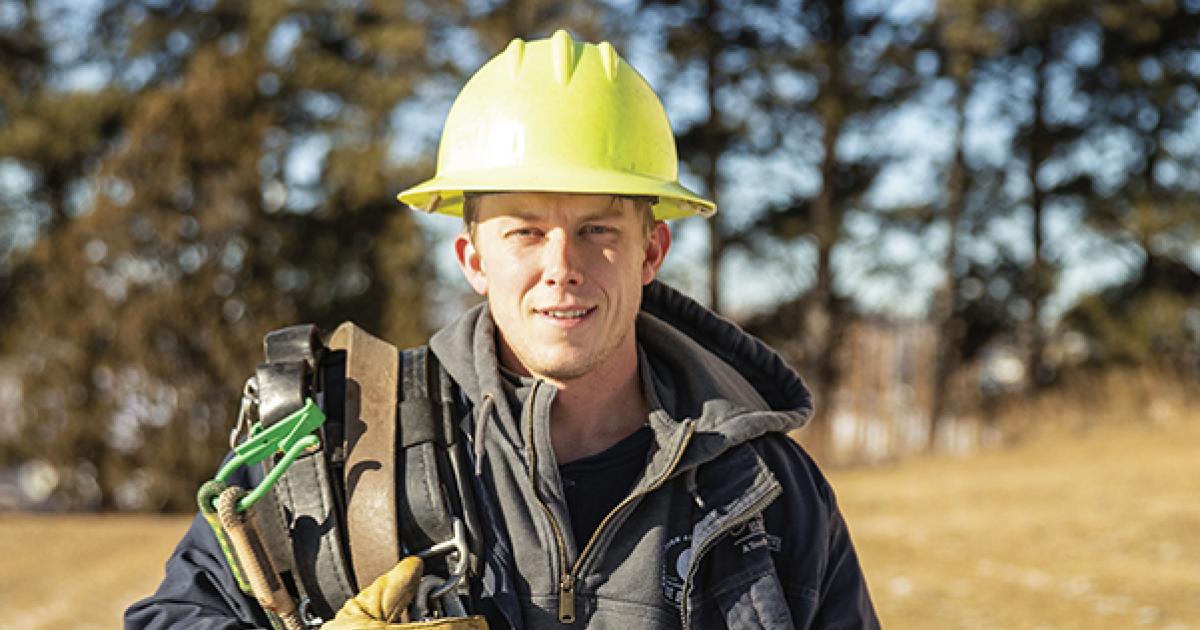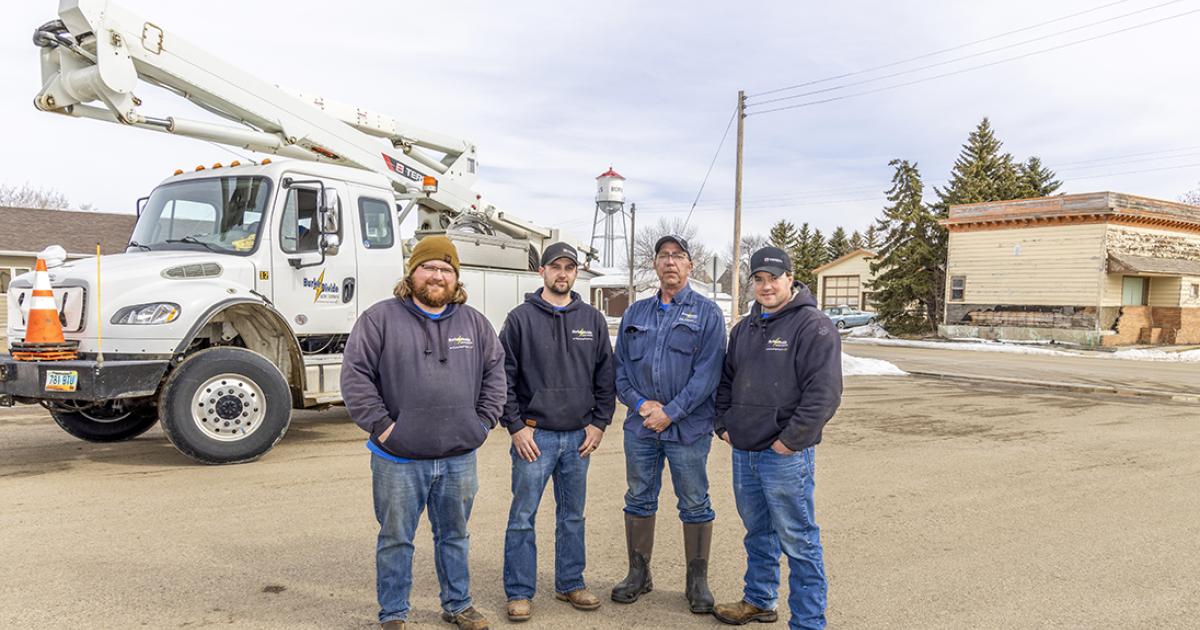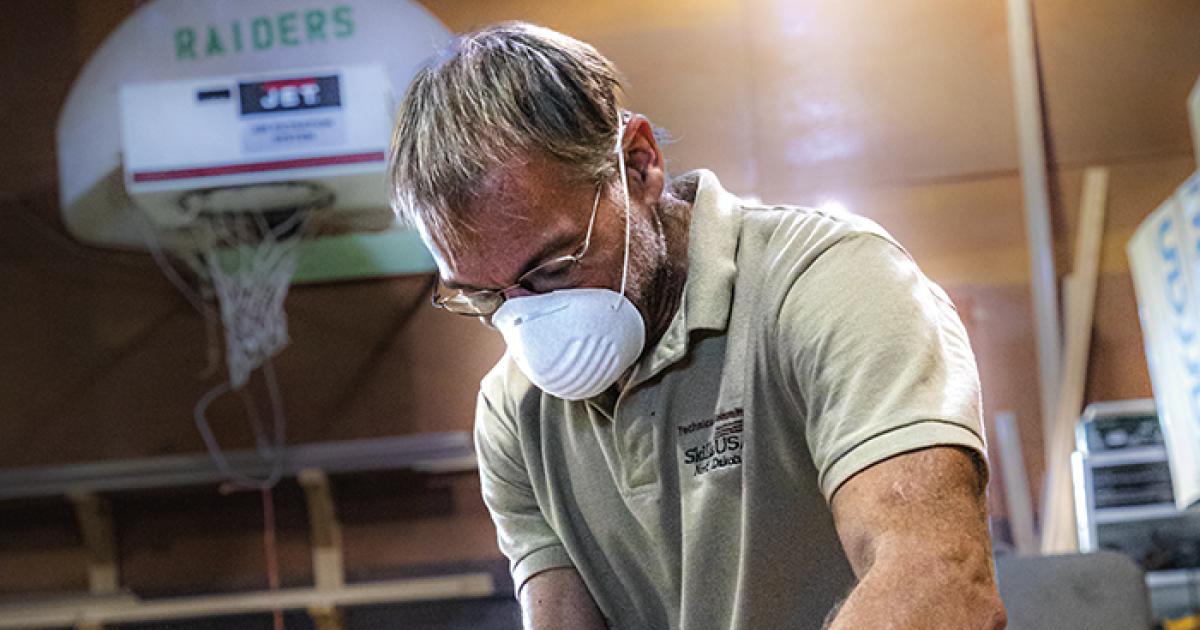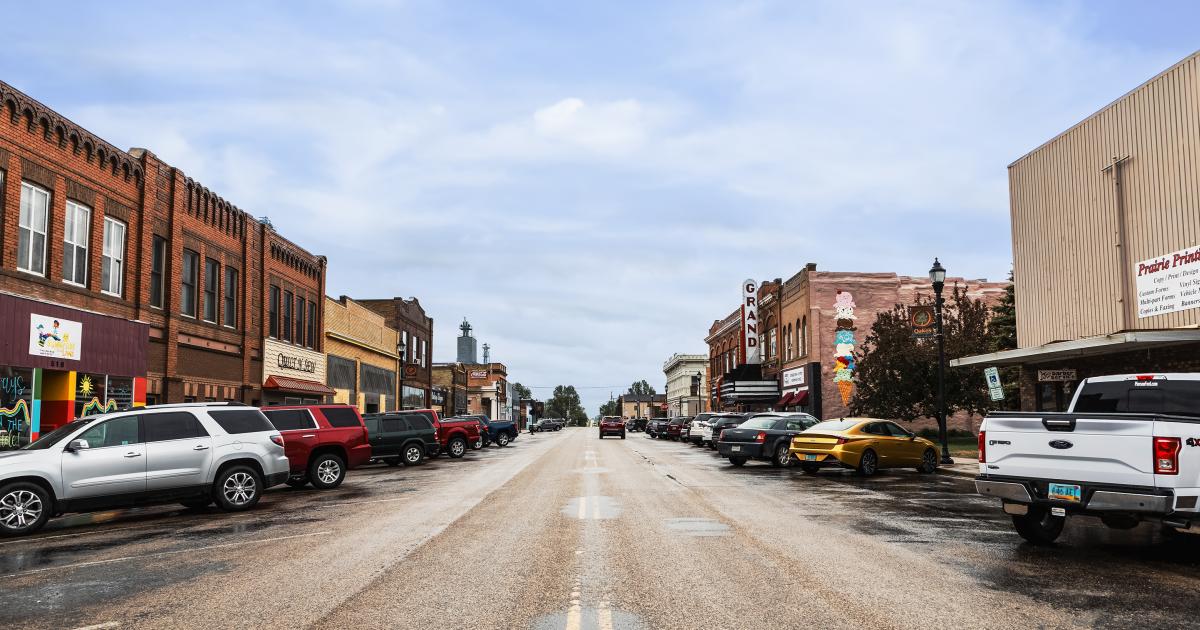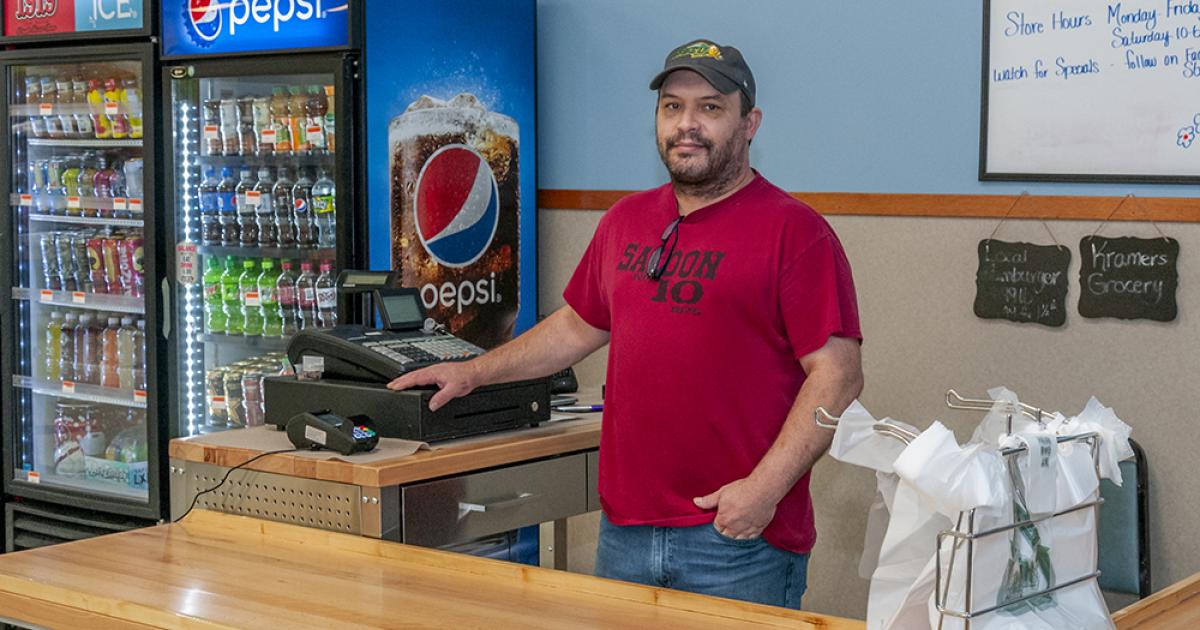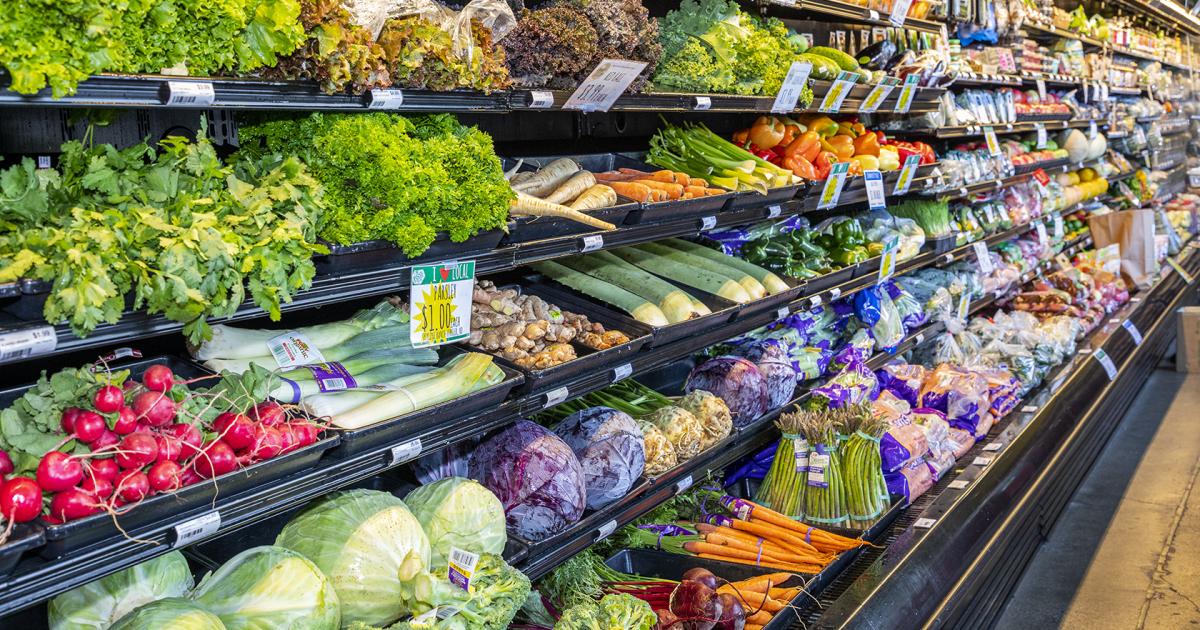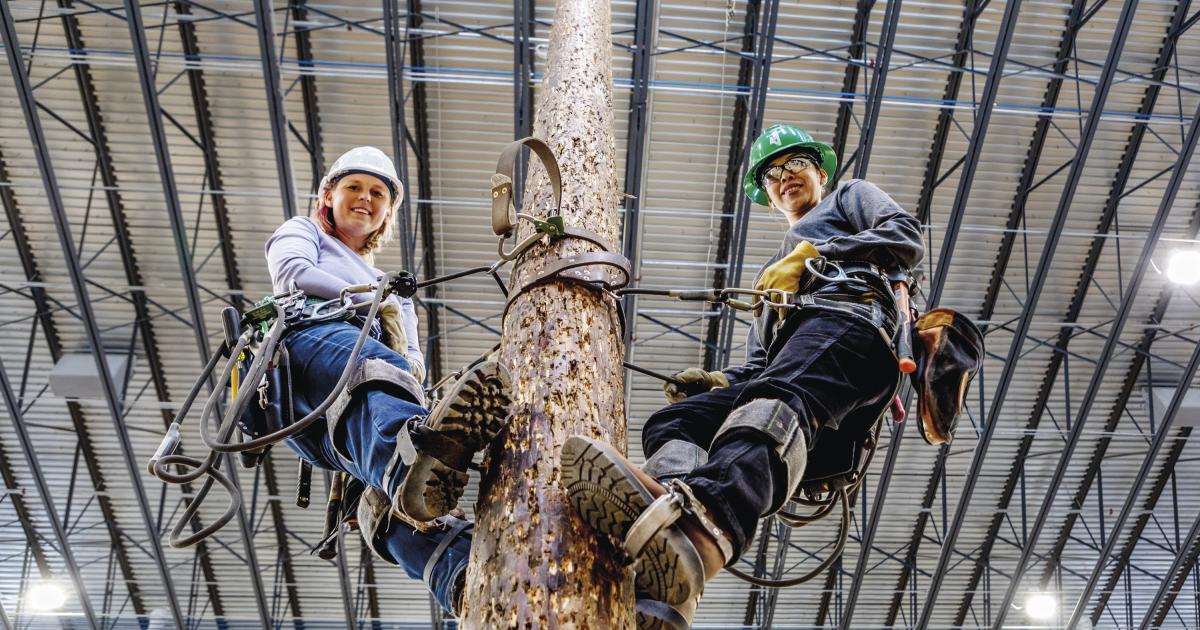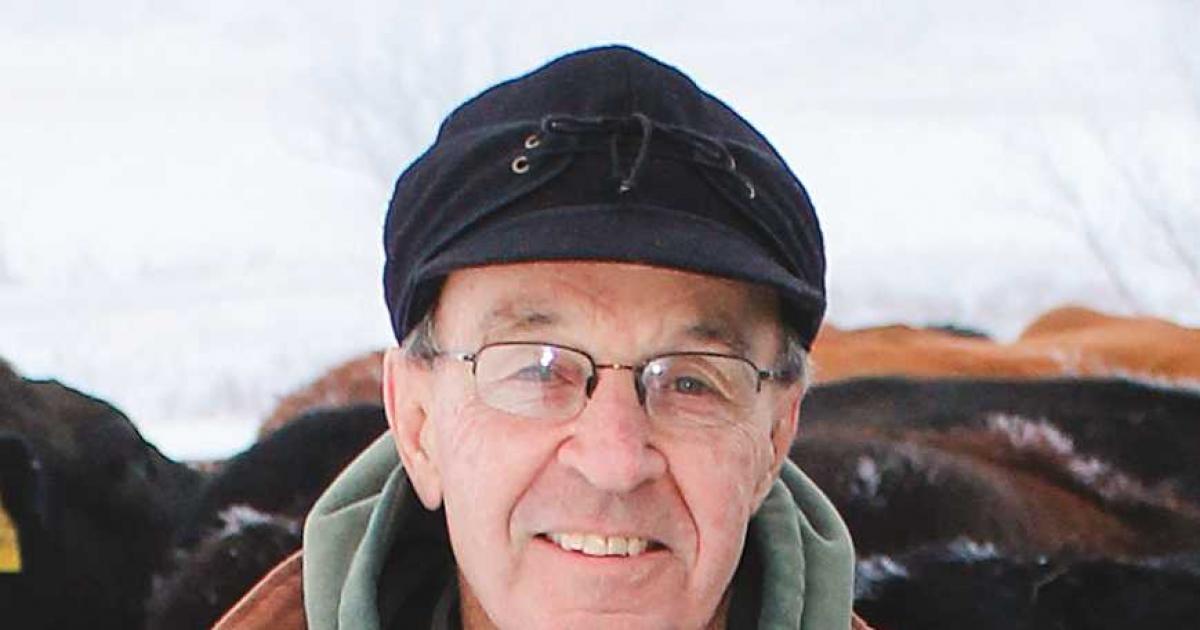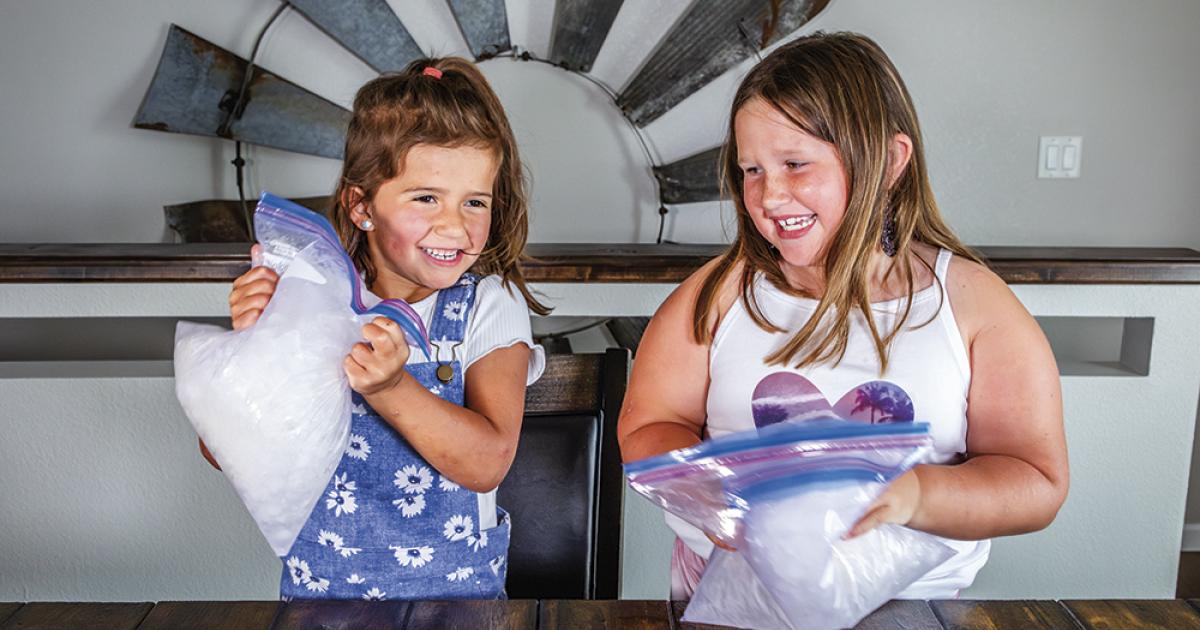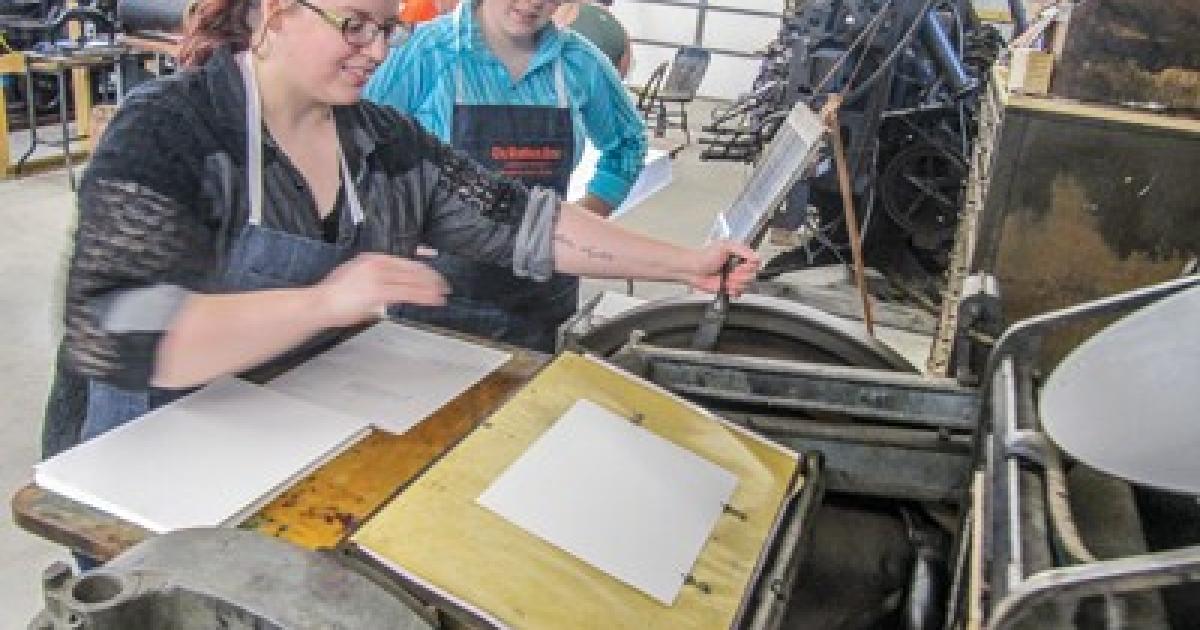Krista Rausch
Spanning across the U.S.-Canada border like a floral handshake, the International Peace Garden is a botanical haven rooted in friendship and bursting with natural beauty.
“The most unique thing about it is that it’s in two countries at the same time. It’s a garden dedicated to peace between those two countries,” says Johannes Olwage, International Peace Garden curator of living collections.
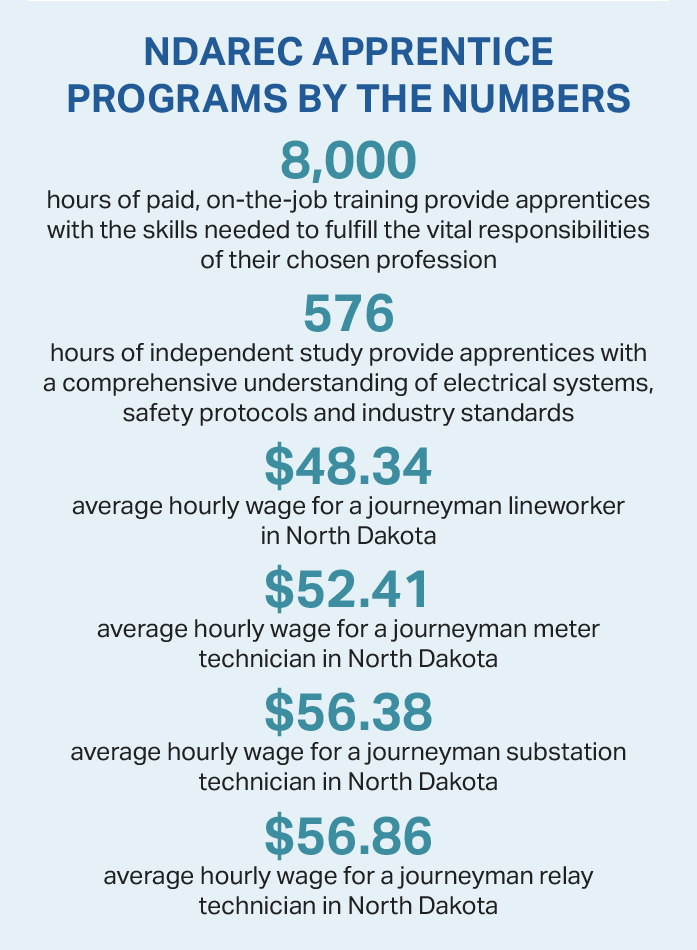 High above the ground with a sweeping view of the North Dakota prairie is right where Jacob Lund is meant to be.
High above the ground with a sweeping view of the North Dakota prairie is right where Jacob Lund is meant to be.
As a journeyman lineworker, Lund is often 35 feet in the air, working on the high-voltage electrical infrastructure that powers the lives of his cooperative’s members. And there’s no place he’d rather be.
 You’ve likely heard the old adage, “They don’t make ’em like they used to.” And when it comes to frozen confections, the people of northwestern North Dakota know that sentiment to be true. That’s because the small town of Stanley is home to a nostalgic ice cream treat – one that can only be found at Dakota Drug.
You’ve likely heard the old adage, “They don’t make ’em like they used to.” And when it comes to frozen confections, the people of northwestern North Dakota know that sentiment to be true. That’s because the small town of Stanley is home to a nostalgic ice cream treat – one that can only be found at Dakota Drug.
Lineworkers are superheroes who fight to keep power flowing no matter how tough the conditions. When severe weather rolls in or the lights go out, they mobilize. And their jobs are unlike any other – they chase storms, climb poles and work on high-voltage power lines.
Working in this dangerous profession requires constant safety training, so crews are prepared to respond in the event of an emergency. And while this training is intended for on-the-job emergencies, cooperative lineworkers are dedicated and ready to assist when members are in need.
Reduce, reuse, recycle. It’s a public awareness campaign every ‘90s kids will remember. But for Jamie Zins, it’s more than a slogan: It’s a way of life.
His resourceful nature is on full display in McKenzie, where he’s given new life to the former school building. Years ago, 207 A Street is where Jamie Zins learned his ABCs and 123s. Today, the former schoolhouse is the home of his business, Jamie Zins Woodworking.
It’s National Co-op Month! A time to celebrate cooperatives and their role in shaping and supporting the communities where we live, work and play.
While cooperatives operate in many industries and sectors of the economy, seven cooperative principles set them apart from other businesses: voluntary and open membership; democratic member control; members’ economic participation; autonomy and independence; education, training and information; cooperation among cooperatives; and concern for community.
There’s nothing quite like the sound of a small-town dance hall – the rhythmic twang of a guitar, feet waltzing across the floor and the laughter of family and friends. In towns across North Dakota, dance halls are a place of community. And, for the people of Strasburg, the local dance hall has always held special significance.
Expanding on its efforts to improve rural food access, the North Dakota Rural Electric Cooperative Foundation is leading a feasibility study to explore the benefits of a nonprofit warehousing system.
“North Dakota is lacking in warehouse capacity, especially in rural areas. Warehouses tend to be one of the most ignored elements of infrastructure and logistics, but they are fundamentally important,” says Lori Capouch, rural development director, North Dakota Association of Rural Electric Cooperatives.
It’s a Friday afternoon, and Brooke Hilzendeger plops a heavy bag on the dirt floor of the Lineworker Training Center in Mandan, kicking up a trail of dust. She opens it and pulls out climbing boots, a body belt, a pole strap, gloves and a hard hat. These aren’t the items most people would expect to find in a woman’s bag, but for those who know Hilzendeger, a 29-year-old single mom and self-proclaimed tomboy, it comes as no surprise.


